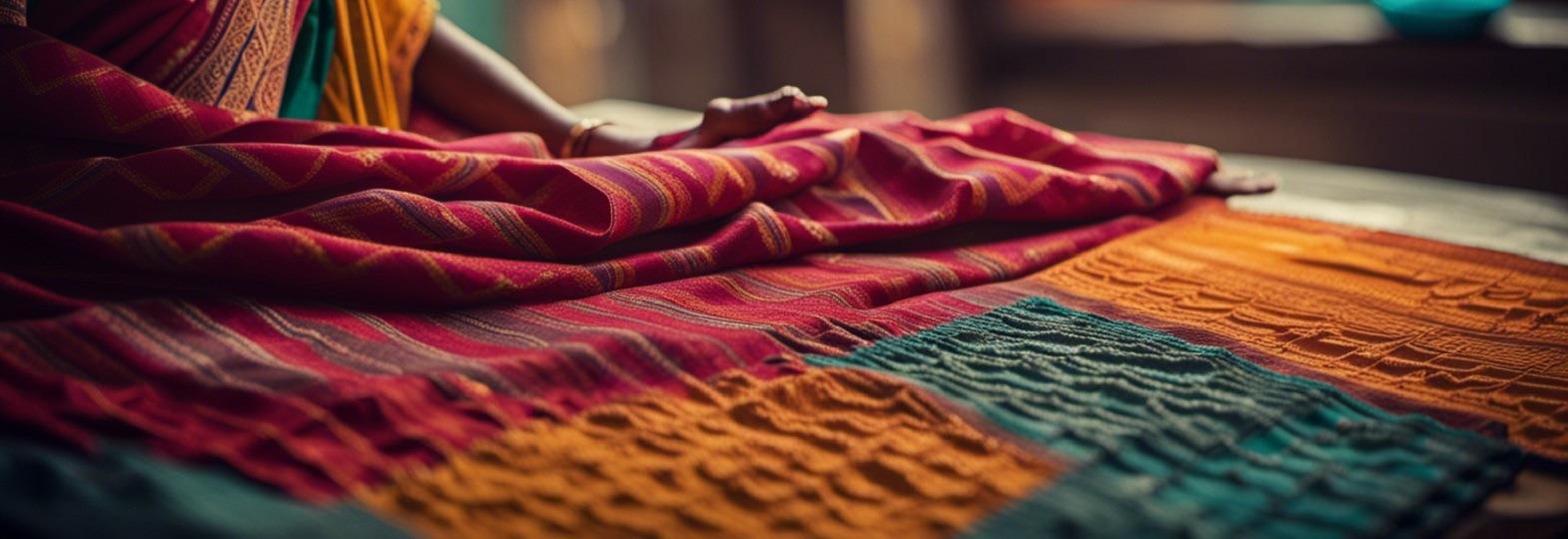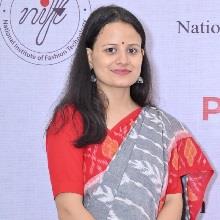The beauty of Indian clothes leaves everyone mesmerised. Be it the Jamdani saree of West Bengal, the Patola saree of Gujarat, the Kullu shawl of Himachal Pradesh, or the Pochampally saree of Telangana, every state in India is rich in handloom weaving. The rich and diverse heritage of Indian handlooms gives Indian culture a unique place on the global stage.
India will celebrate its ninth National Handloom Day on 7th August 2023. This day is to pay tribute to the handloom heritage of India and to appreciate the efforts of the handloom weavers of India. The foundation of Handloom Day was laid by Prime Minister Narendra Modi on 7 August 2015 in Chennai. The day was chosen because of the important role it played in the Swadeshi movement that was launched in the year 1905. At a time when the world is fighting against climate change and talking about sustainable development goals, it would be appropriate to promote the handloom sector as it has negligible carbon footprint.
The skilled hands of Indian weavers turn cotton, wool, linen and silk threads into priceless textiles. With careful planning on the loom, a variety of designs and patterns are created on the fabric by hand, that is why we call it handloom fabric. There is no comparison to the colours, weaves and patterns achieved in Indian handloom textiles.
Behind the making of handloom fabric, a fibre processor, yarn spinner, dyer, loom preparation hand and finally handloom weaver are involved. Even the hard-earned skills, techniques, tools etc are considered family treasures for generations of weavers.
According to the fourth All India Handloom Census (2019-20), there are 26,73,891 handloom weavers and 8,48,621 allied workers in the country. Wherein the number of families engaged in handloom activities was 31.45 lakh. It is estimated that India produces 95 per cent of the world’s handwoven fabric.
However, while more people are now conscious and sensitive about using handloom fabrics, many still end up buying clothes made from powerlooms even when they want authentic handloom fabric. The main reason for this is the low knowledge of handmade products. In order to buy authentic handlooms to really help the weavers, customers need to be well aware and cautious and pay attention to some key indicators before making a purchase. There are some qualities that differentiate hand-woven fabrics from powerloom fabrics, such as handloom fabrics are often softer in texture and more flexible while powerloom fabrics will feel stiffer due to the compact weave.
Also there may be some disparity in handmade fabric, whereas fabric made from powerloom is uniform. The best way is to firstly contact any handloom weaver or any NGO that works only with handloom weavers or any brand that works with handloom weaving or any product bearing the tag of Indian handloom brand.
The good news is that the new generation is accepting handlooms with open arms as handloom products can be styled in a variety of ways for different occasions.
To convert Prime Minister’s vision of 5F’s—Farm to Fibre to Fabric to Fashion to Foreign—into reality, the government is actively supporting the weavers through various schemes. Schemes like National Handloom Development Programme (NHDP), Comprehensive Handloom Cluster Development Scheme (CHCDS), Handloom Weavers Comprehensive Welfare Scheme (HWCWS) and Yarn Supply Scheme (YSS) are implemented by the Development Commissioner for Handlooms, Ministry of Textiles. Under these schemes, all kinds of financial assistance are provided for purchase of raw materials, looms and accessories, design innovation, product diversification, infrastructure development, skill upgradation, lighting units, marketing of handloom products and loans at concessional rates.
Besides this, the government has made provision for GI tag for various handwoven garments to protect the interest of the weavers. As per the data, 65 handloom products and 6 product logos have been registered under the Geographical Indications of Goods (GI) Act, 1999.
On National Handloom Day, various activities are implemented to create awareness and promote handloom products and this year’s theme is ‘Increase in Income of Weavers’. That is, for the upliftment of the weavers, everyone needs to make an effort to buy handloom products. With the celebration of National Handloom Day over the years, there has been a new positive wave in the handloom industry.









Comments